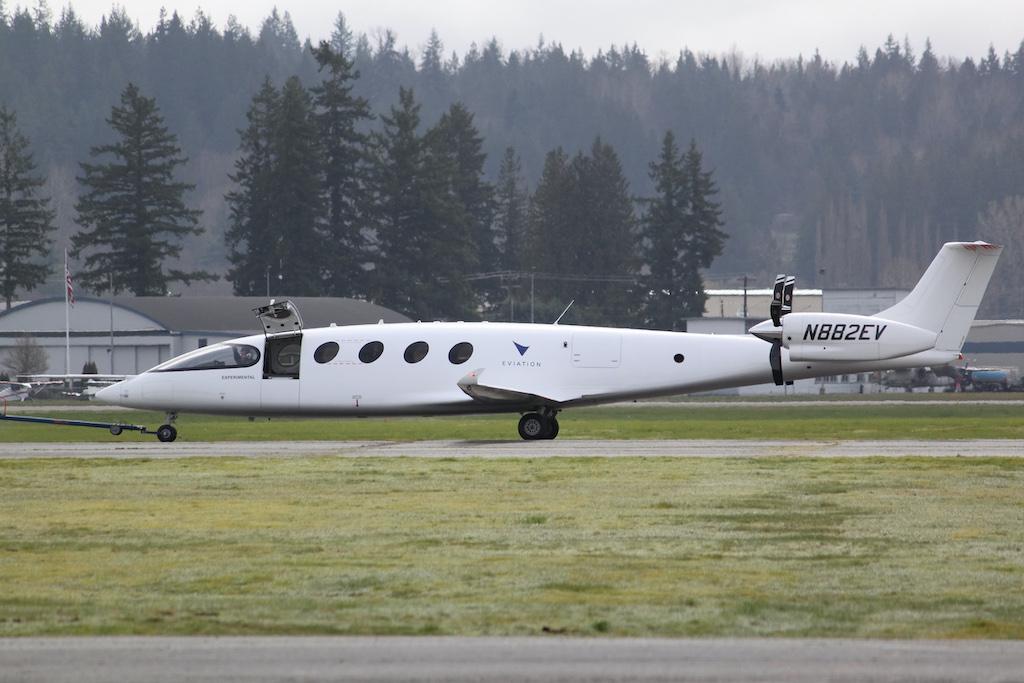
Discussions with industry aspirants suggest there will be varied approaches to charging electric aircraft on the ramp. As AAM aircraft types near fruition, there are no settled specifications for a charging station or components such as a cord, plug or receptacle. Supplying electricity on-site could be done by swapping out drained batteries for charged units or drawing directly from the power grid.
The European Organization for Civil Aviation Equipment (EUROCAE) is developing standards for VTOL-specific ground infrastructure and airports. Through its Working Group 112 (WG-112), the non-profit standards organization based in Saint-Denis, France, lists guidance documents in progress for vertiport operators, VTOL charging infrastructure and automated ground movement equipment.
In the U.S., standards organization SAE, formerly the Society of Automotive Engineers, has assembled several technical committees focused on advanced materials and aircraft electrification applicable to the AAM segment. Its AE-10 Committee on High Voltage is developing standards for electrified aircraft and supporting infrastructure “focusing on design and operational impacts of all high-voltage powertrain elements, such as electrical energy sources, wiring and interconnection, and the end systems they supply.” The AE-7D Committee is developing standards related to energy storage, including plug and receptacle charging interfaces.
“In this area specifically, synergies are established with automotive battery charging standards, while taking into account aerospace safety and environmental requirements,” SAE says.
ASTM International, formerly the American Society for Testing and Materials, is developing standards for AAM through its aviation committees and cross-functional steering groups.
Skyports has partnerships with Volocopter and other AAM aircraft developers, including Embraer’s Eve Air Mobility and Wisk Aero, the Boeing-Kittyhawk joint venture planning a fully autonomous eVTOL aircraft. Ferrell says Skyports advocates for commonality of infrastructure to avoid multiple approaches and participates in industry standards-setting bodies working toward that end. Simon Whalley, Skyports’ chief regulatory officer, is chairperson of EUROCAE WG-112, Subgroup 5, the committee focused on ground infrastructure and airports.
Battery-Swap Concept

Ferrell acknowledges, however, that Skyports may have to support different charging approaches initially.
“Being vehicle agnostic, we do look to support the needs of the vehicles that land on our vertiports,” Ferrell says. “If that’s swapping batteries like Volocopter is planning to do, that’s a service we will offer. If it’s direct charging, that’s a service we will offer, as well. I’ll admit it gets challenging to do both at the same vertiport or even to have different direct-charging connectors as we’ve seen with [automotive] EVs.”
Jörn Jaeger, Volocopter head of airspace and vertiports, explained his company’s approach at the EUROCAE Symposium in Warsaw, Poland, on April 28. “In some cases, it’s a real challenge, specifically looking at elevated vertiports on top of buildings,” he told the symposium. “We talk about additional electric supply that is needed to bring it on top of the roof and that creates a lot of cost. That’s why we have the battery-swap concept because we are convinced it is much easier and we can charge batteries at the optimal conditions even with a low power supply. That allows [us] to bring a vertiport to wherever it is needed.”
Eviation and Clay Lacy Aviation were exploring the use of portable charging units that could be moved around a facility to bring electricity to the aircraft instead of the aircraft to electricity. A more traditional aircraft design like the sleek, fixed-wing Alice that uses existing runways will predate eVTOLs, Cutshall believes, preventing some of the complexities associated with vertiports. But for the foreseeable future, electric aircraft will enter an environment populated by fuel-burning aircraft that FBOs support with tank farms and fueling trucks.
“We’re going to have airplanes pulling up to our FBOs that don’t take fuel,” says Cutshall. “The fuel is electricity. As an FBO that provides ground support, how do we deliver that? Not only what are the technical specifications--how do we physically deliver it—what’s the infrastructure that’s required to deliver it and how do we do it economically?”
The fleet mix and level of activity on the ramp, the need to suppress a fire that could be caused by a thermal runaway of battery cells, environmental containment requirements and noise levels are among the safety and other considerations FBOs face in hosting electric aircraft, says NATA’s Waguespack.
“The one thing we’ve been talking about consistently is the complexity of our ramps,” he says. “You’ve already got a high level of activity. You’re throwing in more propulsion methods and the complexity of moving batteries back and forth—forklifts, batteries, Jet A. The complexity of the ramp is going to get far more advanced than it has been.”
Next, AAM On The Ground, Part 3, Electrical supply and capacity.
AAM On The Ground, Part 1: https://aviationweek.com/business-aviation/airports-fbos-suppliers/aam-…




